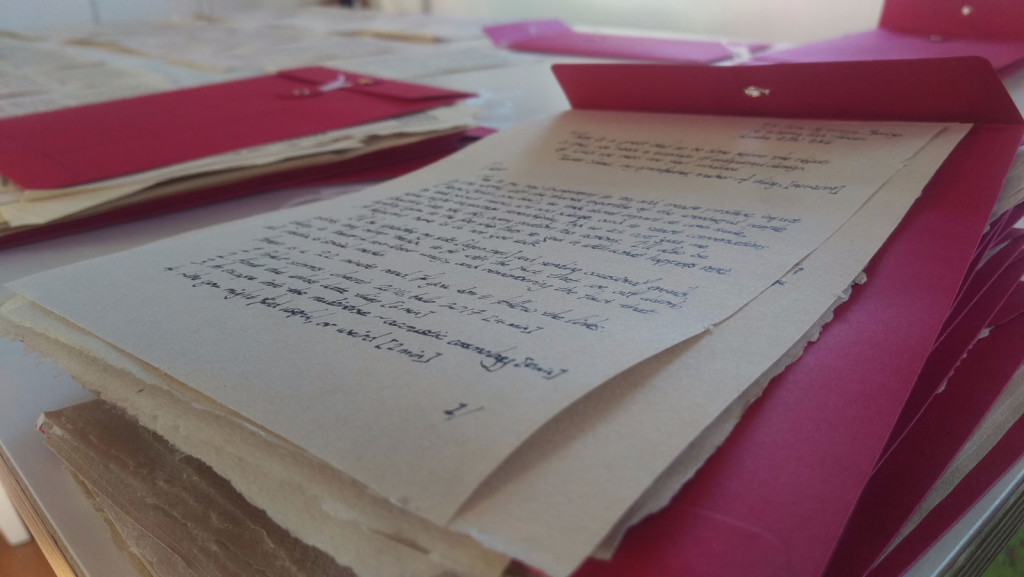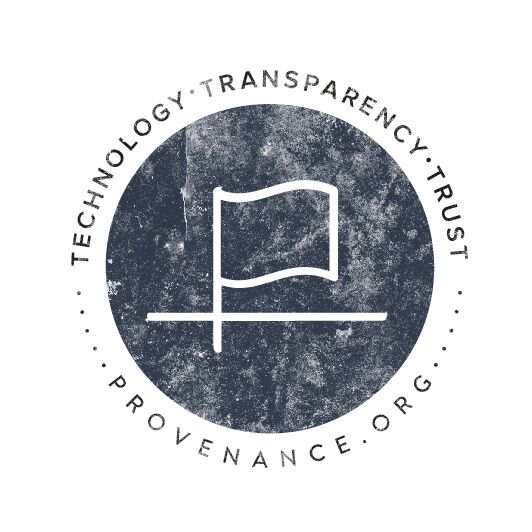“I could not bring myself to believe that if knowledge presented danger,
the solution was ignorance. To me, it always seemed that the
solution had to be wisdom. You did not refuse to look at danger,
rather you learned how to handle it safely.” Asimov
Hello
Thread #2 went out to 234 people yesterday (double Thread #1). I’m going to try and keep this as open and personal as if I was writing to you individually. You’ll be pleased to know that this edition is 30% shorter than the previous one & will only take about 16 minutes to read :).
- What I’ve been up to over the last 6 months [1m30s]
- The Dgen constellation [4m20s]
- Adventures in the Soniverse [1m45s]
- From the edge of the quanta [1m]
- Links you’ll want to click [2m30s + the rest of the week if you follow the links]
To begin, thank you to all the lovely responses to the first Thread — which have included hand-written replies, paintings, books and dozens of emails (e.g. from Fiddian and Ulya [3m3s]).
If you didn’t add your address when you signed up to Thread #1, you’ll have missed the print version. I thought maybe 20 people would sign up not 60+, so it took a little longer than I was expecting. It was printed on beautiful thirty-year-old, hand-made (printer-jamming) paper, courtesy of Lorraine Finch.
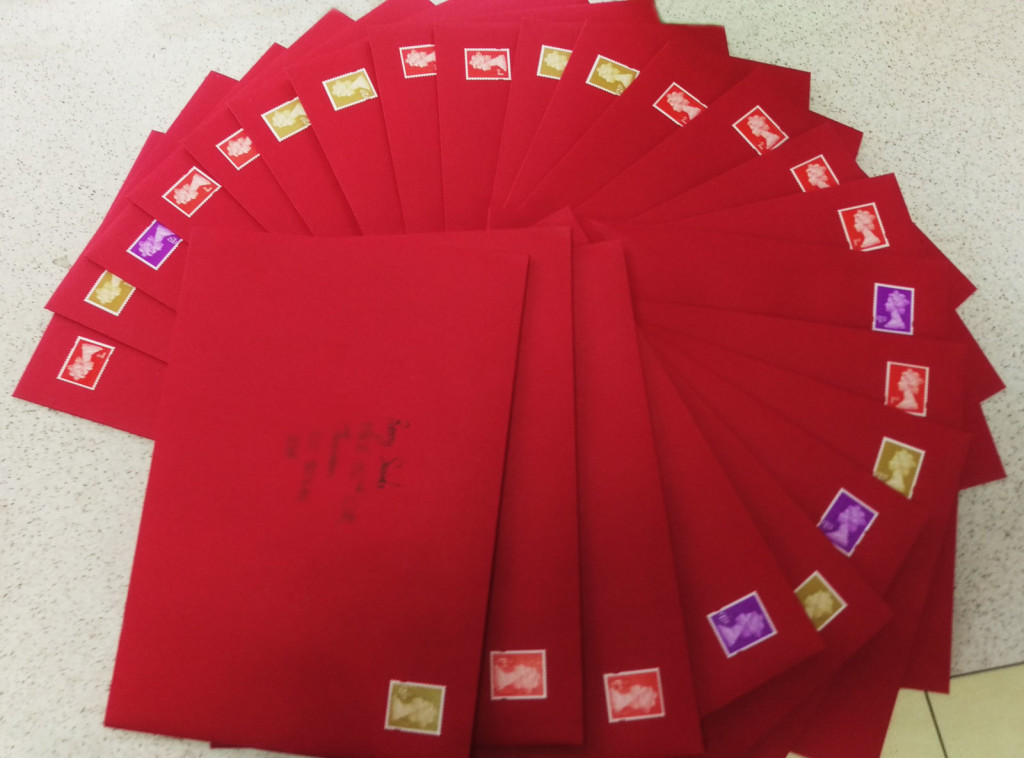

My friend Claire Zakiewicz produced a wonderful response: a painting for every page of the letter (reminded me of Griffin & Sabine) and exhibited at her show during the Venice Biennale. You can watch a short video interview with her here (start at 1m15s). Claire wrote that she draws “interesting parallels between the macro-languages of music and painting over the centuries … each line drawn with attention to the body and to the drawing itself…our interactions outside of ourselves whether verbal or experiential, from nothing, moment to moment.”
It seems like the idea of changing the pace of communication has resonated with many people.
We had a fantastic event on board the good ship MS Hans with 45 people making new connections and talking about making things. Feedback ranged from “wonderful evening of discussion” to “oh my god my head”.
In this edition I’ll map out the shape of the things I’m building—and how you can get involved directly.
What I’ve been up to over the last 6 months
[1m30s]
I spoke at OpenTech; presented at the Royal Astronomical Society National Astronomy Meeting; spoke at the Direct Marketing Association’s GDPR event; ‘A Concise Taxonomy for Describing Data as an Art Material’ is now in MIT’s Leonardo; helped launch a new environmental modelling portal (OasisHub); was commissioned by Nesta, TechCity and the City of Barcelona to help them understand the future of data; contributed to the development of an open internet of things standard; initiated discussion with the IMF and World Bank about creating an open standard for global anti-money laundering; proposed the creation of a data-driven Commonwealth to a team looking at the CHOGM event next year.
I’ve also joined the boards of
- Provenance as its Chairman #blockchain #product #supplychain #trust
- TISCreport as an advisor #modern-slavery #registry
- Cup Club as a non-executive director #internetOfCups #sustainability #cleanTech
We live in the world we buy into. Provenance builds trust into global supply-chains by recording robust digital proof for sustainably-sourced and slavery-free products. You can watch its founder, Jessi Baker, on the BBC.
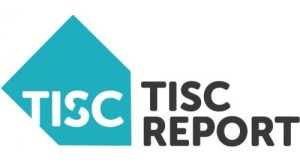 TISCreport is the world’s largest open data anti-slavery register, helping to accelerate the end of slavery in supply chains using linked open data and smart analytics. Learn more about its founder, Jaya Chakrabarti, here.
TISCreport is the world’s largest open data anti-slavery register, helping to accelerate the end of slavery in supply chains using linked open data and smart analytics. Learn more about its founder, Jaya Chakrabarti, here.
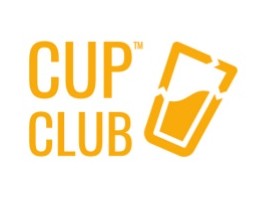 Cup Club aims to reduce 40% of consumer waste in the food & beverages sector: replacing single-use disposable packaging with multi-use smart packaging and the infrastructure for people to return it to be washed and reused. Learn more about its founder, Safia Qureshi, here.
Cup Club aims to reduce 40% of consumer waste in the food & beverages sector: replacing single-use disposable packaging with multi-use smart packaging and the infrastructure for people to return it to be washed and reused. Learn more about its founder, Safia Qureshi, here.
I’m also doing my stint as chair of the Hermitage co-op (which coincided with our community’s Great Get Together), continuing as Chairman of Rinse FM, and awaiting ministerial direction for the next steps of the Ministry of Justice Data, Science and Evidence Board (of which I’m an advisory board member).
The Dgen constellation
[4m20s]
“This will be the first technological revolution
that kills more jobs than it creates…
it’s not going to be boring”
Carlos Slim via Bill Clinton
We have entirely new categories of risk, from data laundering (the new chemical warfare) to Alibaba becoming a major financial backbone in Asia, from climate risks contributing to the lethal release of anthrax, to cyber-threats to energy supply, to wondering if we can break data monopolies or if we’ll have any jobs left. We can’t wait for policy to play catch-up with innovation: we need to join them in our thinking and investment. It seems to me that we need to take a radically different approach to development.
It also feels like all large organisational structures (from big oil to big banks, from big governments to big media) are increasingly brittle. What’s the way out of this for a large company? What’s the next step from “let’s set up an incubator”? We’re well past ‘peak incubator’ as a way of outsourcing R&D/innovation: there are better ways to deploy capital to solve problems.
Federated challenges ⇒ federated solutions
Building on the HR PR theme of Thread #1: ‘Purpose washing’ is now a trend. Many people are bemoaning organisations trying to ‘create their purpose’, or joining together with others to find purpose-driven projects. And yet… we seem to be awakening on a different scale to the idea that business-as-usual isn’t going to cut it: not at all.
Whether brexit or peak-population, business-as-usual isn’t it. I follow my former investor, Tim O’Reilly, and co-conspirator Joi Ito and recommend their books WTF [video] and Whiplash [video] (in particular Joi’s idea that we need compasses not maps) as well as watching how Elon Musk keeps changing the game (e.g. he made good on his $50M twitter brag).
The SDGs provide useful focus, but feel still ‘top-down’ and not ‘core business’. It feels like there are fantastic opportunities emerging, but with so many ‘initiatives’, it’s a bit of a mess.
So.
How do we turn a critical mess into a critical mass
to tackle the challenges we all face?
As in Thread #1, I wrote about how Network Thinking required an open by default approach to reduce transactional friction in our data infrastructure (e.g. frictionlessdata, the porous city). Our practice of doing (nee ‘theory of change’) starts with three guiding principles (doc open to comment):
- Open by default
- Learn by making
- Connect don’t consolidate
We will convene great people (that’s you, dear threaders) around specific problems yet remain adaptive in a rapidly changing world. I believe we can build an ‘actionable’ constellation of people, many of whom are not available ‘for hire’. This isn’t about building an ongoing service that grows shareholder value (for Dgen) or that results in a high fixed cost base that has to be maintained.
Constellation projects will pick a tractable problem, a timeline and a budget — and focus on delivering impact by bringing together everyone needed to deliver.
In its design I looked back to the structure of my first company, Tornado, a streaming/production hybrid with a tiny staff but a highly deployable expert network. So one way to think about the Dgen Constellation is similar to the way you’d make a film — pick the script, the budget and the timeline and everyone delivers. If it doesn’t work, you start again and do it better. If it does work, you start again and do it better. ‘Everyone’ in this context can include freelancers, small and big companies, financiers and, at-scale, cities or governments.
I believe we are creating something that will appeal to companies who want to retain their top talent. There are brilliant people ‘trapped’ in large organisations whose organisational antibodies kill off innovation. Are we really expecting that the highly skilled people who can programme physical models in artificial intelligence, or design augmented reality platforms, are going to want to develop the next advertising solution? Not only does that sound like a waste of talent — it’s not what our individual or socials need are.
Further, could we help companies retain their talent and innovate by better deploying their ‘innovation time’ (even just a few hours a month)? Time limited. Paid separately. To projects aligned with the interests of the business and the individual. Something that isn’t like a consultancy, where the incentives drive both maintenance and growth of profit. Can we be adaptive without skirting the wrong side of zero-hours contracts?
As if to prove the point about being open, the person who proposed ‘constellation’ as the right word for the type of ‘network’ that I’m trying to build has no background in astronomy (thank you Sophie). It’s also more useful than the “federated network of people who give a sh*t” that I was using before.
I’m encouraged that at least two other initiatives have started using the word ‘constellation’ in their name. This is great. A feature of constellations is that there can be many and share the same underlying physics (rules of engagement). It seems apt to use an idea that has been documented since Babylonian and Greek times, and catalogued by the inventor of trigonometry (Hipparchus), to build upon to try and make sense of our intensely complex world.
**** And now for something completely different ****
Adventures in the Soniverse
[1m45s]
Our Soniverse development has made some significant steps. Thanks to Andy, we now have two things:
>> Galaxy player
First up is a way to play a galaxy in a web browser (Chrome, Firefox only). We can now take any data-cube and turn it into sound. Our next step is to develop this into a format that can be used at events and festivals to aid the public understanding of science. We’re in early conversations with the Greenwich Observatory and the Royal Observatory in Edinburgh, so hopeful that there will be #funThings later this year.
>> Soniverse development
We’re really delighted that this was accepted for presentation at the National Astronomy Meeting (NAM) and then picked up by the Royal Astronomical Society press team and BBC Radio. Thanks to Anita Heward from the RAS for working out how to describe it in English.
Our basic soniverse takes the parameters of a cosmological model and creates a way to listen to it. It sounds dreadful right now, but that’s to be expected at this point.
We create two identical big bangs to create a couple of universes, and put them at different redshifts. We have included mass, time, and density, but not included any models of particles, inflation, etc.
You can play around with the age of the soniverse (H0) and the Ωmass and Ωvacuum to change the curvature of the model (if the density = 1 then the soniverse is flat).
We had to create a mapping that led to a sensible range we could turn into a waveform that we could hear. The colour boxes on the chart show this range.
We have an inverse square law for the ‘loudness’ (the volume distance) which is the equivalent of the luminosity distance, and a ‘delay travel time’ which is equivalent of the light travel time in our universe (e.g. light years).
So, for example, if the universe has existed for 10 seconds, only 8 seconds worth of sonons may have reached us that we can hear.
sonon (n): one wavelength ∂s
The equivalent of a photon in a sonic universe (soniverse)
Watch this soniverse.space
News from the edge of the quanta
[1m]

As if Google wasn’t already in a position of power, it has plans for ‘quantum computer supremacy’, while the National Security Agency (NSA) is calling the code-breaking potential of the quantum computer revolution ‘a new danger’ and we’re already doing this in space. As in the era of Malevich, we need our artists more than ever to help us navigate and understand the shape of the questions we should be asking in society, whether on supremacy, accelerationism or knitting with code.
Libby has been leading some fantastic work with her cohort at the RCA Systems Research Group, which was recently exhibited at the V&A. A collaboration with the Centre for Quantum Photonics at the University of Bristol, she has also made a series of quantum entangled artworks with a four qubit quantum computer. Due to the strange laws of quantum physics these artworks are destroyed when someone looks at them and generally cannot be copied, so I recommend reading her documentation of the work, since you can’t look at the art.
Perhaps we just should embrace the cosmic sublime or learn from the Luddites or just play with the pink trombone?
But remember: the future influences the past.
Click click click click click click click — you know you want to, go on click them all. That’s what tabs are for.
[2m30s + the rest of the week if you follow the links]
The internet is broken but maybe it isn’t tearing us apart; your brain is not a computer; regulate by activity not by sector; what to do about climate change; James Hansen gets an honourable mention in the first MIT Media Lab Disobedience Awards; please translate “Non Je Ne Regrette Rien”; everything we know about who owns England; the secret is out; time crystals are a new state of matter; Michael Gove given a piece of Jay Rayner’s mind; current threat to current makes me WannaCry; how does caffeine keep us awake?; Bad Lip Reading of The Empire Strikes Back; Trump’s Russian Laundromat; robot finds possible melted nuclear fuel in Fukushima; Alibaba likely to be the largest [shadow] bank in SE Asia as it targets 450 million person market; plastic pollution risks ‘near permanent contamination’ of Earth; Data Product Managers are a job; monolithic vs modular; Russia escalates spy games; how do you protect six million square kilometres of ocean, seventy-six per cent of the world’s coral species, blue whales, dugongs, turtles, pymgy seahorses, and a million humans?; climate considered dangerous; why, what shape did you think the Earth was?; presenting humanity with opportunities to study worlds beyond our solar system; thank your tireless, hyper-dedicated, mission driven team for helping to make this vision a reality; a good excuse is as good as a rest?; Greenland tsunami photos; Apple has $250,000,000,000 in cash as Bezos becometh the world’s richest man; Data Made to Matter [podcast]; computer skills are worse than you think; content isn’t king; open startup development ecosystem vs Wardley mapping; from cells to cities; to 3D projections in meatspace; FINANCING A SUSTAINABLE EUROPEAN ECONOMY is probably something more people should be shouting about; Arctic stronghold of world’s seeds flooded after permafrost melts; ‘Miyazaki’ — a new benchmark of how bad can your demo go; from critical mess to critical mass; the neurochemistry of music; Supreme Court ruling on printer cartridges changes what it means to buy almost anything; a corporate structure for the public benefit and the long term?; sleep (no really!) or your brain will eat itself; battle of the Data Science Venn Diagrams; could we learn from elephant 2.0 or spiders?; trust your leaders; consider some Artful Knowing for a Sustainable Future; Harvard plays Scrabble with the economy; 100 companies cause 71% of global emissions; and on that theme… when (not if) will the Earth be too hot for humans?; but Swiss Re shifts entire $130bn portfolio to ethical indices; #OpenUniverseStandard; “Alice and Bob” is an installation of love letters between two photons; the endless loop that is encryption vs terrorists — will we ever learn that technology won’t save us?; gravitational waves could solve string theory; ‘BBC English’ was invented by a small team in the 1920s; how to build an office of the future (tl;dr ‘agile’); power causes brain damage; where is the wealth going?; data to be terrified by; data to adjust your life by.
Soda founder Fiddian Warman wrote that he was “feeling strangely optimistic that this unsettled time gives an opportunity to dump so many years of neoliberal complacency and build a future for all”.
He included a Hopi Indian summation of where we are, how we should let go of the shore, and that we are the people we’ve been waiting for:
“You have been telling the people that this is the Eleventh Hour, now you must go back and tell the people that this is the Hour. And there are things to be considered…
Where are you living?
What are you doing?
What are your relationships?
Are you in right relation?
Where is your water?
Know your garden.
It is time to speak your Truth.
Create your community.
Be good to each other.
And do not look outside yourself for the leader.”
Then he clasped his hands together, smiled, and said, “This could be a good time! There is a river flowing now very fast. It is so great and swift that there are those who will be afraid. They will try to hold on to the shore. They will feel they are torn apart and will suffer greatly.
“Know the river has its destination. The elders say we must let go of the shore, push off into the middle of the river, keep our eyes open, and our heads above water. And I say, see who is in there with you and celebrate. At this time in history, we are to take nothing personally, least of all ourselves. For the moment that we do, our spiritual growth and journey comes to a halt.
“The time for the lone wolf is over. Gather yourselves! Banish the word ‘struggle’ from your attitude and your vocabulary. All that we do now must be done in a sacred manner and in celebration.
“We are the ones we’ve been waiting for.”
—attributed to an unnamed Hopi elder, Hopi Nation, Oraibi, Arizona
From artist Ulyana Gumeniuk,
“I think the events – Brexit and Trump, Putin and Ukrainian revolution, Arab Spring and what happened to it and many more are a direct result of our own failure at sharing. Progressive thinkers seem to have overwhelmingly dismissed the needs of the non-progressives. Language is of great importance here. And changing sonic landscape on all levels is key.
It is not surprising to see the backlash: the language in media is full of binary associations. For me these problems are produced by attitude and language: the Russian backlash to empire and Soviet state, backlash from ageing working class East of the country who want to go back to Soviet-times security, and way of thinking against the new generation who led the revolution in Kiev. We can either carry on splitting humanity in two – with us having the dignity bit and them fighting for it – or challenge the binary format of language and thinking.
And yet, it has surprised me that openly available technology of information and communication lead to creating small groups of like-minded individuals and closed them from the world. Maybe having only two channels on the TV ensured a more open-minded world as everyone had to hear the opinion even if they didn’t like it.
I, like many, live in constant guilt of not being able to tell my bits from bites and live in fear of being discovered: I am terrified of the Jehovah’s Witnesses of technology who preach that there is no place in the New World for people like me.
A cultural soundscape that uses less of “Old-bad new-good” implies a more opened world. Stepping away from Binary then is a first step to a multiverse. Can we see the old as new? Can we see our old as useful?”

